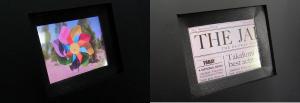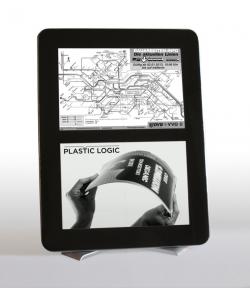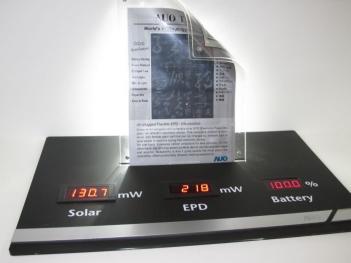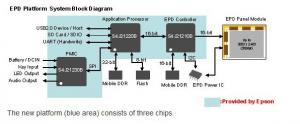Hitachi Displays is showing a new MEMS display prototype (2.5", 320x240), using Pixtronics' technology. They say that the power consumption is about half of a regular LCD, and it has 3 modes: transparent, reflectance (monochrome only) and semi-transmissive (a combination of the transparent mode and the reflectance mode, which is also monochrome only). The displays will be released towards the end of 2011 (or early 2011) in 10" or smaller sizes (for mobile devices).Â

Pixtronixs's technology is based around a MEMS shutter, backlight LED unit and a TFT driver element. Color is done via opening and shutting the MEMS shutter at a high speed and changing the amounts of the light from the LED backlight unit and natural light.




